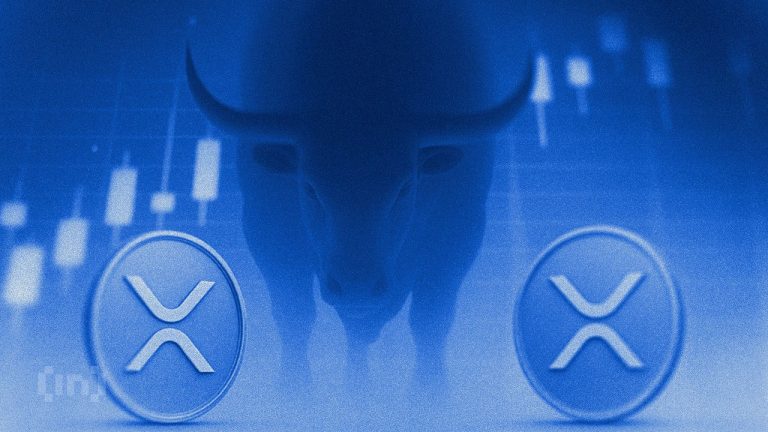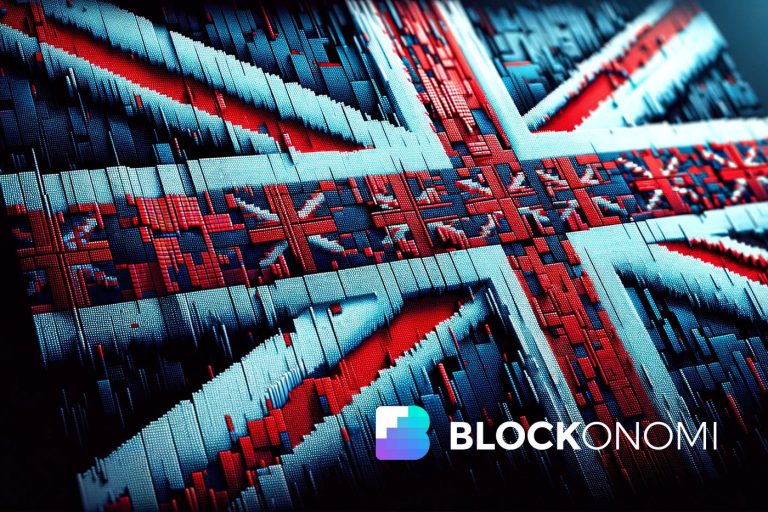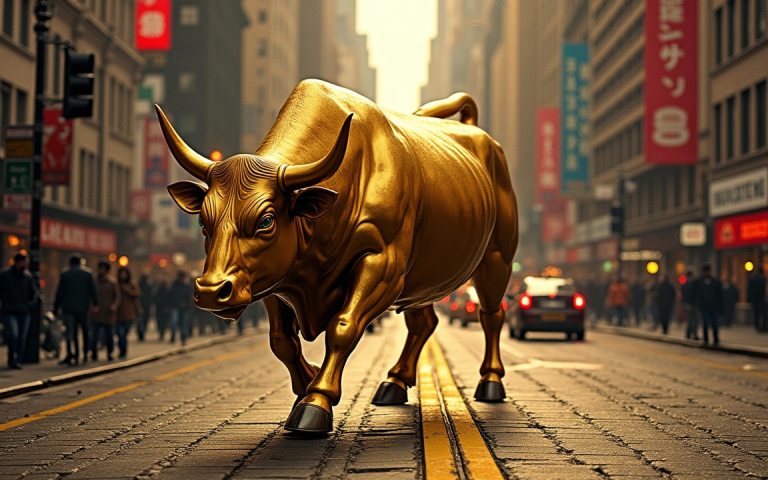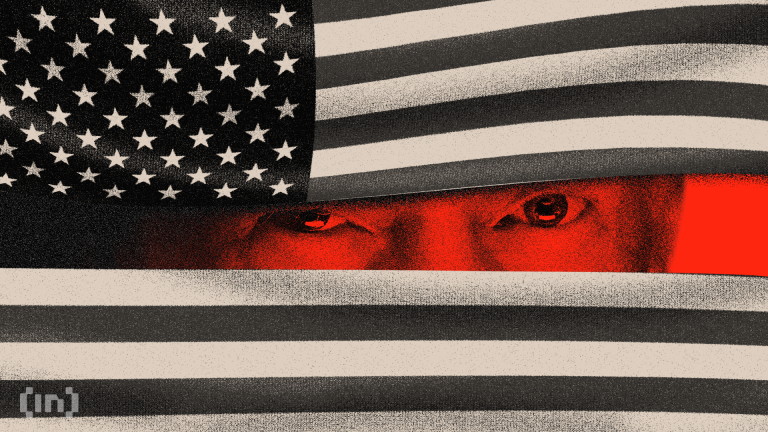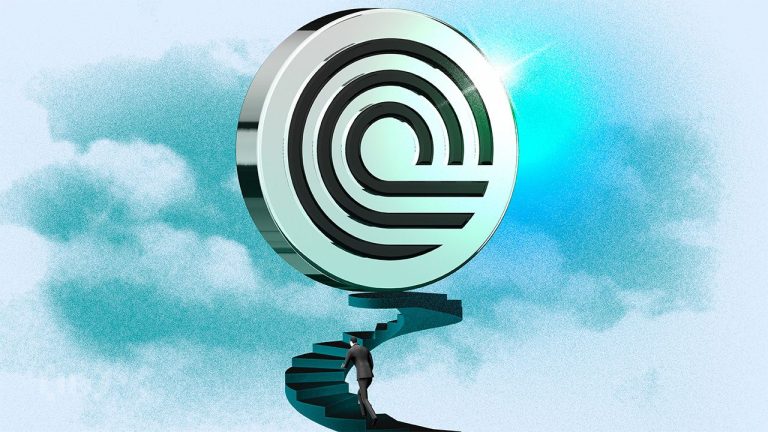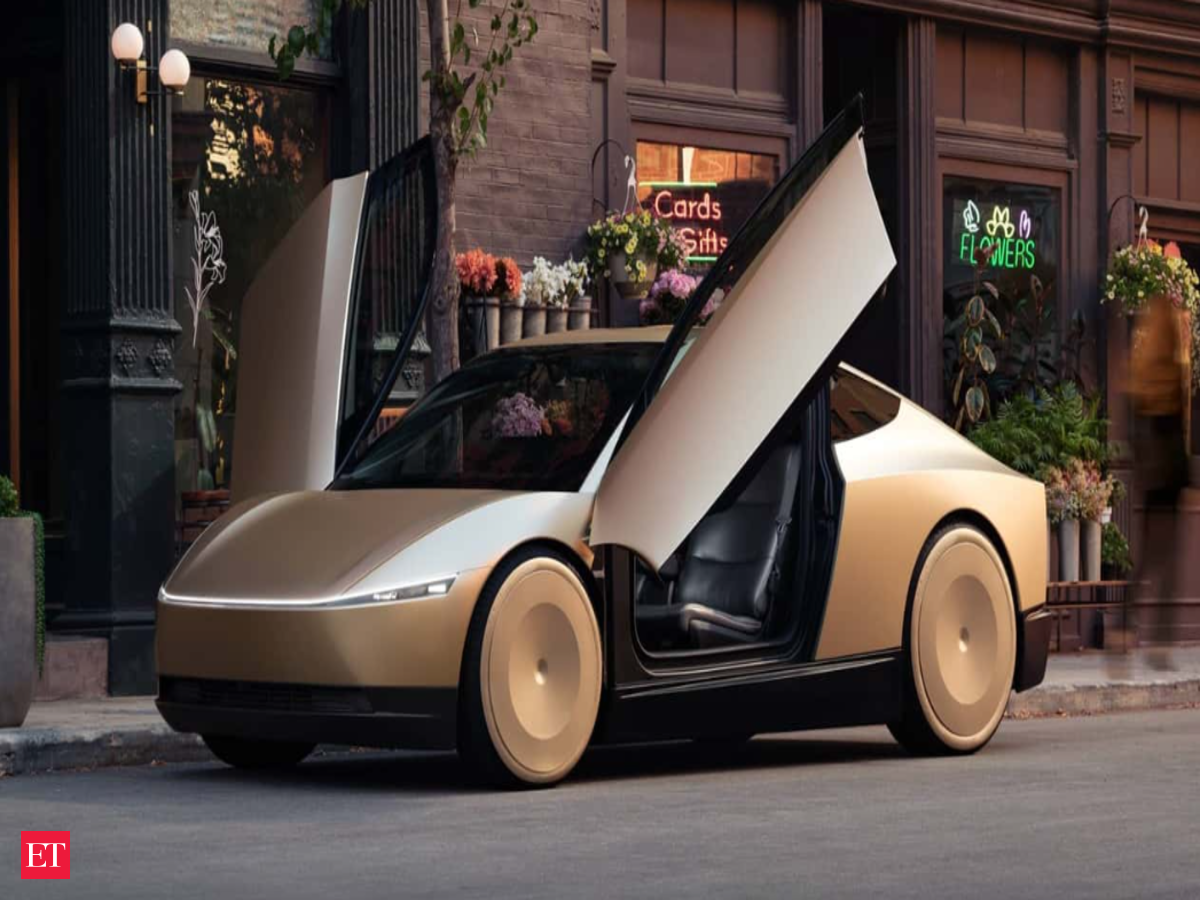
A video showing a Tesla Model Y navigating an intersection in Austin, Texas, without a driver has ignited considerable online interest. The clip, shared on X (formerly Twitter), depicts the vehicle making a left turn while passing pedestrians at a crosswalk, adorned with a ‘Robotaxi’ logo and featuring just one passenger.
Tesla CEO Elon Musk reposted the video, describing it as a ‘Beautifully simple design.’ This marks one of the strongest indicators of Tesla’s anticipated robotaxi rollout, which Musk confirmed could commence as early as June 22, with the first autonomous delivery scheduled for June 28.
The 10-second video, posted on Tuesday, has since been circulated by various Tesla executives, including Ashok Elluswamy, VP of Autopilot and AI. Elluswamy cryptically noted, ‘Slowly slowly at first, then…’ suggesting a gradual introduction of the service.
The vehicle featured in the video appeared to be an updated Model Y, showing no visible driver, with tinted windows and a logo aligned with Tesla’s recent branding. When asked whether this represented a public launch or another testing phase, Tesla did not respond, and the original poster of the clip remained silent.
However, Musk clarified on X that these are ‘unmodified Tesla cars coming straight from the factory,’ indicating that every new Tesla is theoretically equipped for full self-driving capabilities.
Despite the buzz, Tesla’s initial service will be limited and closely monitored. Musk stated that the rollout will start with 10 vehicles, potentially expanding to 40 over several weeks. ‘We just want to put our toe in the water, make sure everything is okay, then put a few more toes in the water,’ he emphasized, prioritizing public safety.
Currently, Tesla is listed as testing on Austin’s official autonomous vehicle registry, while Waymo, Google’s autonomous division, has already deployed its services. Tesla’s robotaxi service will be confined to geofenced areas in Austin, using the Full Self-Driving (FSD) software, which will be monitored closely.
Musk’s ambitions for this test launch are crucial as Tesla faces financial pressures, with profits plummeting by 71% in the first quarter of 2025. The robotaxi program is seen as a potential turning point for the company. Musk hinted that in a few months, there could be 1,000 robotaxis operational in the U.S., with projections of over a million by the end of 2026.
While Tesla races to catch up with competitors such as Waymo, which operates in multiple U.S. cities and has partnered with Uber, doubts remain about the timeline and effectiveness of Tesla’s autonomous technology. Analysts express skepticism, with some suggesting true scalability may not occur until 2028.
Despite reservations, some experts maintain optimism, with Wedbush’s Dan Ives labeling the Austin launch as pivotal. Stifel analyst Stephen Gengaro highlighted Tesla’s advantage with seven million autonomy-ready vehicles already on the roads, suggesting that competitors are limited by smaller fleets.
As Tesla seeks to keep details of the pilot private, the public is now witnessing what could be a significant step toward Tesla’s self-driving future. As Musk stated, ‘The first Tesla that drives itself from factory end of line all the way to a customer house is June 28.’ The countdown has begun.


